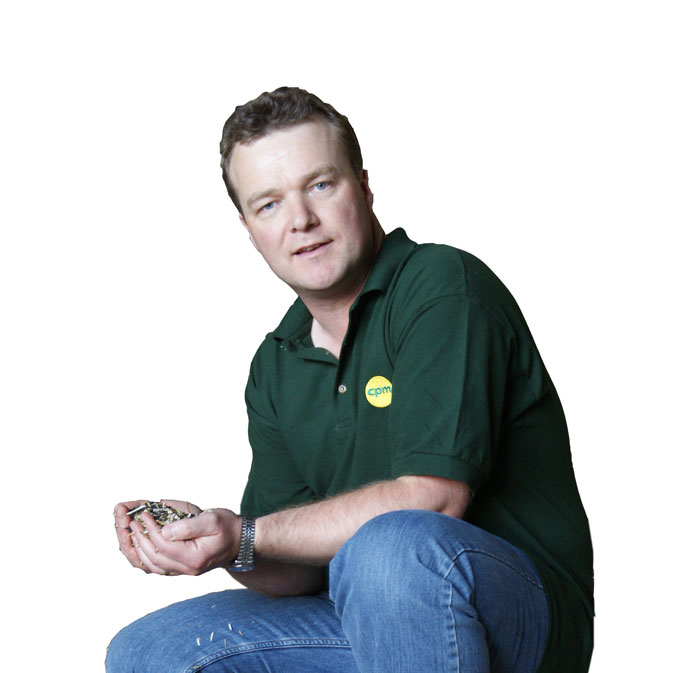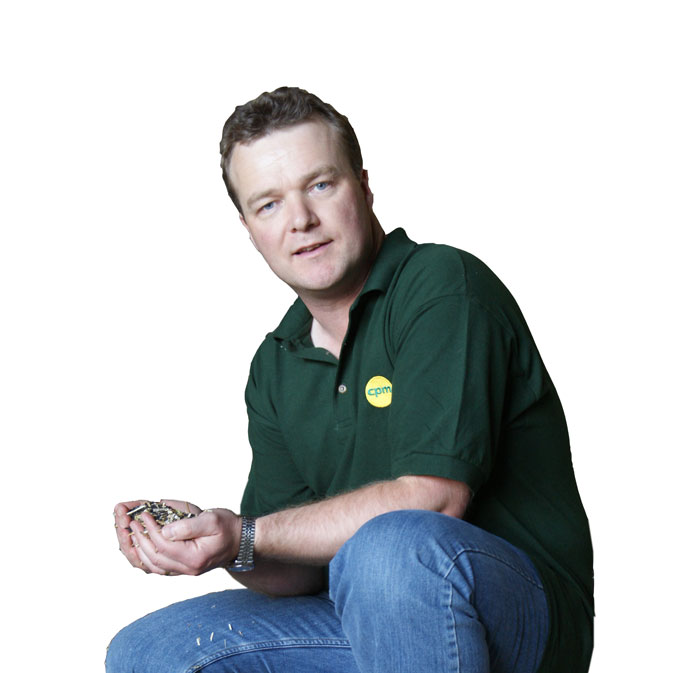 When I first started in agricultural journalism over 20 years ago, there were times when barely a month would go by without the launch of another new triazole.
When I first started in agricultural journalism over 20 years ago, there were times when barely a month would go by without the launch of another new triazole.
The pipeline soon dried up, however, and many of us thought prothioconazole, introduced in 2005, was the last of this critical family of chemistry that would come to UK farms. As the years have passed, prospects of a new azole have only become more remote with each new seemingly unsurmountable barrier that’s been cast in the way: Annex 1 listing, the Precautionary Principle, endocrine disruption, not to mention the rise of septoria resistance.
So just the fact that today, in 2020, Revysol has succeeded in its passage from discovery to greenhouse to regulatory scrutiny to launch is a story in itself, and why the CPM team were absolutely thrilled to have the opportunity to tell that story.
For me, perhaps the most fascinating aspect is the determination of both scientists and those in regulatory affairs at BASF to overcome those barriers. From the moment the decision was made to embark on Mission Impossible, every skillset and technical resource appears to have been focused towards a successful outcome. The steps the research teams took redefine what you’d class as innovation.
But Revysol’s route to the greenhouse was only the start of the story. What’s just as interesting is how it’s been evaluated in the field. Here, I’m not just talking about the extensive trials programme, of which the work undertaken in the UK by ADAS is impressive enough. With the 50 Real Results farmers, BASF has also striven to redefine in-field evaluation. Armed with ADAS’s Agronomics, which puts scientific rigour into on-farm trials, the Revystar XE evaluations not only put the new technology into the hands of farmers but give the industry an honest and open forum in which to discuss the results.
The Revysol story doesn’t even end there, though – indeed you could say it’s a journey farmers have only just embarked on. We’ve learnt to our cost what happens when too much reliance is placed on a single technical breakthrough – it’s why our fields are infested with blackgrass and our oilseed rape with cabbage stem flea beetle. We simply cannot afford to be thwarted by septoria, but if our sole strategy is simply to seek a more powerful product to stem its rise, we deserve to lose the battle.
The problem with fungicide resistance, though, is that it’s contagious. Plaster your fields with herbicides and you’ll give yourself resistant weeds, but they’ll by and large stay where they are. Cook up a super-resistant septoria population, however, and it’ll spread, even to those growers who act responsibly to avoid it.
With chlorothalonil (CTL) falling away, the risk of resistance becomes that much greater. It’s tempting to ask whether Revysol, with its greater efficacy and longer application window, will replace the gap left by this multisite. But the answer from those who already have experience of using the new chemistry, is that’s probably the wrong question to ask.
And that’s the next chapter of the Revysol story – the part that starts here and that hasn’t yet been written. How it’s played out won’t depend on the ingenuity of scientists but the pragmatism of farmers. It won’t be so much about mixing modes of action, as a complete change of mindset, and chemistry won’t be the default go-to solution but part of a toolbox.
That’s not to say that new technology won’t retain its key role against disease, however, and that’s another interesting aspect about Revysol. It’s the first new fungicide to be introduced alongside the new digital farming platform xarvio. Set for launch later this year is xarvio’s Field Manager, which combines data on product efficacy with local climatic and crop data on your farm to give you a tailored recommendation on when and what to spray.
Revysol’s vast datasets are being plugged into Field Manager’s clever algorithms, and expect this to be a feature of the future – it won’t be so much about relying on the new chemistry to perform as harnessing technology that ensures the minimum usage gets the maximum effect.
So all of us at CPM would really like to thank BASF for sponsoring this special issue, and we’re especially grateful to those in the R&D teams and others involved in Revysol who have shared their stories on how they achieved the seemingly impossible. We often hear of the €250M cost of bringing a new fungicide to market, but what lies behind this figure are years of dedication by committed individuals passionate about progressing agriculture, and it’s a privilege to relay that, although the 24 pages here hardly does the story justice.
But this story’s only half written. As we enter a new decade, we may be entering a new phase of agriculture. If Revysol’s to be a true success, we’ll look back on this moment and realise it was the point disease control itself moved on, and maybe you’ll ask yourself what part you played in that story.
Tom Allen-Stevens has a 170ha arable farm in Oxon but finds it easier to tell the story than put it into practice. @tomallenstevens




